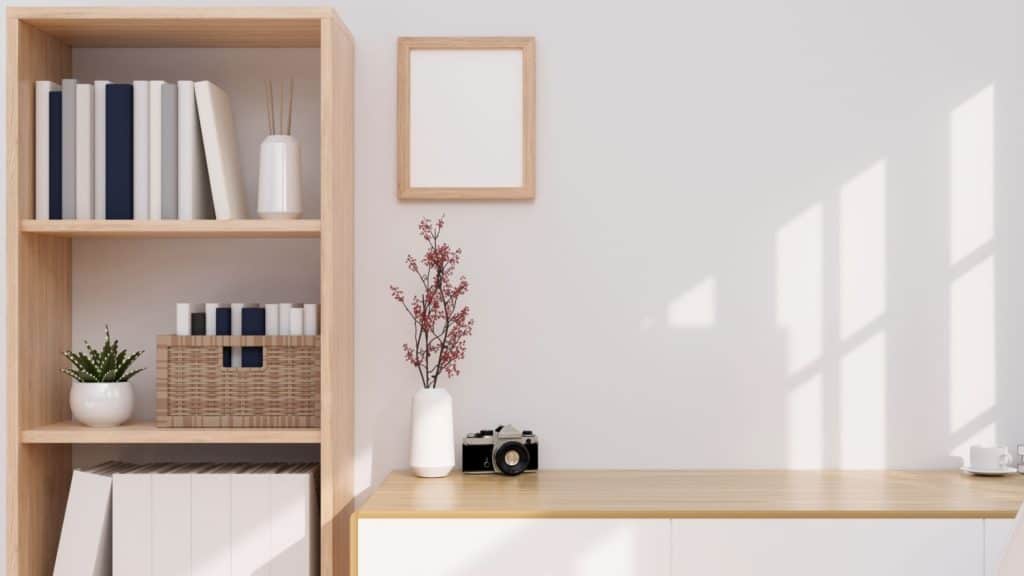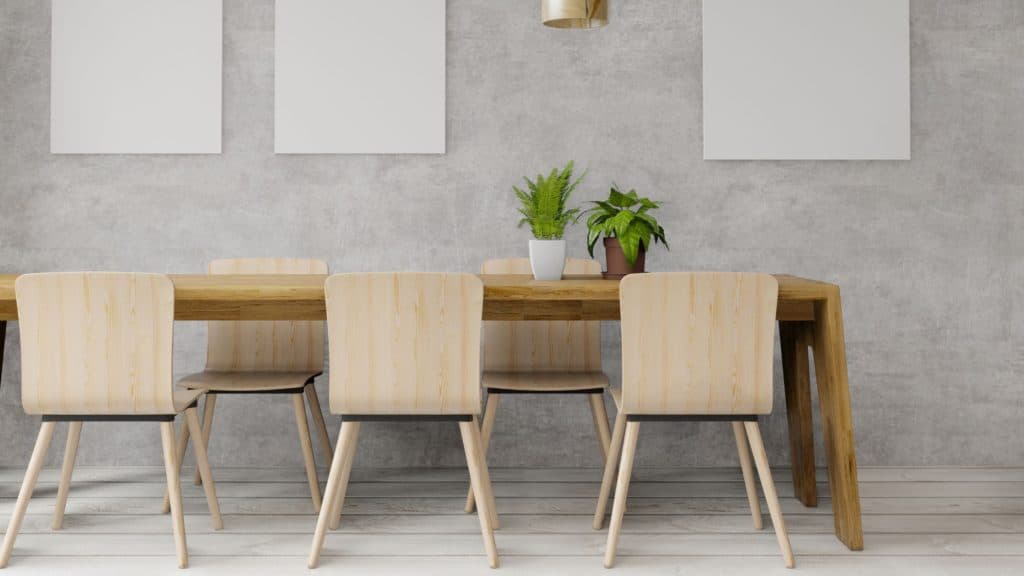As we look back over time, solely focusing on architectural designs, we can observe a trend – people have moved away from the pomp and loud designs and adopted basic, cleaner, and crisp ones. Victorian-era designs have given way to minimalism in design which is a needs-based design that prioritizes the essential items and attributes only.
Minimalism in design capitalizes on the emerging trend for simple colors, bold lines, and open living spaces. Minimalistic designs have gained popularity because we as humans can only pay attention to limited things simultaneously. When we have fewer things to focus on, we actually pay more attention.
Understanding Minimalism In Design
Minimalistic design has certain key elements, such as designs that make optimum use of space and natural light. Most designs will feature rooms with windows that are huge and capture maximum sunshine. Such designs also focus on the functionality of the rooms. These designs consist of simple geometric patterns and shapes.
Minimalistic designs frown upon any excessive decoration and a limited color palette is used. They focus on simple color schemes that comprise neutral colors like white, black, and grey.
The whole point is to color the rooms in such a way that makes them look airy, bright, and big. Light and soft natural shades like aqua can be used against a backdrop of white or beige. The transition of color palettes from room to room is also subtle.
Empty spaces are essential while following a minimalist design. Space helps to bring out the objects around it. Too many objects in a room create a distraction.
By keeping empty spaces, the attention gets drawn to the important items that you have placed in the room. If you have a home office, you need to be able to focus – an overly busy room with too many items does not serve this purpose.
Features Of Minimalistic Design

Minimalism in designs involves making use of open floor plans that consist of linear rows. Different sections of the house are divided by multi-functional separators which can double as built-in closets, racks, or storage space.
The external walls on the first floor are designed to bear the load of the entire house, thereby reducing the need of constructing load-bearing structures like pillars in the middle of the floor. The stairs are used to make bold statements and are positioned along the walls.
Most of the kitchen appliances are stacked away in retractable closets, leaving the counters bare and appliance free. The color of these closets matches the color of the walls which makes the room look bigger.
Minimalistic designs are now preferred over luxuriously decorated houses. Gone are the days when huge chandeliers, bold colors, large prints, and overbearing designs were a symbol of luxury.
Less Is More
Minimalistic designs follow the mantra ‘less is more’. To achieve that effect, even the decorations are chosen in forms and colors that blend in seamlessly, creating a perfect harmony with the surroundings. For example, imagine an ivory-colored room with huge windows, beige sofas, and a coffee table with a marble table top housing a small indoor plant.
Minimalism in design calls for the use of large art pieces instead of using multiple small ones. A large painting or an art piece can make a statement since it will instantly capture someone’s interest.
For the perfect minimalist design, the correct furniture needs to be selected too. Most furniture must have dual purposes – like cabinets and multipurpose storage services that can be tucked away to hide any clutter. An ottoman with dedicated storage space is an excellent example of multipurpose furniture. The furniture should preferably be of neutral colors and it can be adorned with bed sheets, throws, or blankets of accent colors.
If the room is small, focus on furnishing it with furniture pieces that can help make the room look bigger. For example, using sleekly designed chairs as opposed to sofas can create this illusion.
Decluttering And Using Colors

Decluttering is another essential aspect of minimalistic design. It is an exercise that you will have to perform periodically to get rid of unwanted things. Only the essential items should be on display – all extra items should be kept away in storage.
Patterns and color contrasts can also help decorate a room. A white sofa adorned with cushions of simple geometric patterns would instantly capture people’s attention.
Minimalistic design lacks a broad range of patterns and colors, but you can always compensate for this by combining different textures. Wood and metal are a chic combination, and so is faux fur with concrete.
You can introduce a variety of textures to your decor too. For example, try adding a cane basket in your room for laundry or a dark maroon woolen throw on the sofas in your living room.
Minimalistic design can be customized to showcase your personality whether you do it by choosing certain accent colors, a variety of different textured items, or by simply using large art pieces – the options are limitless.
